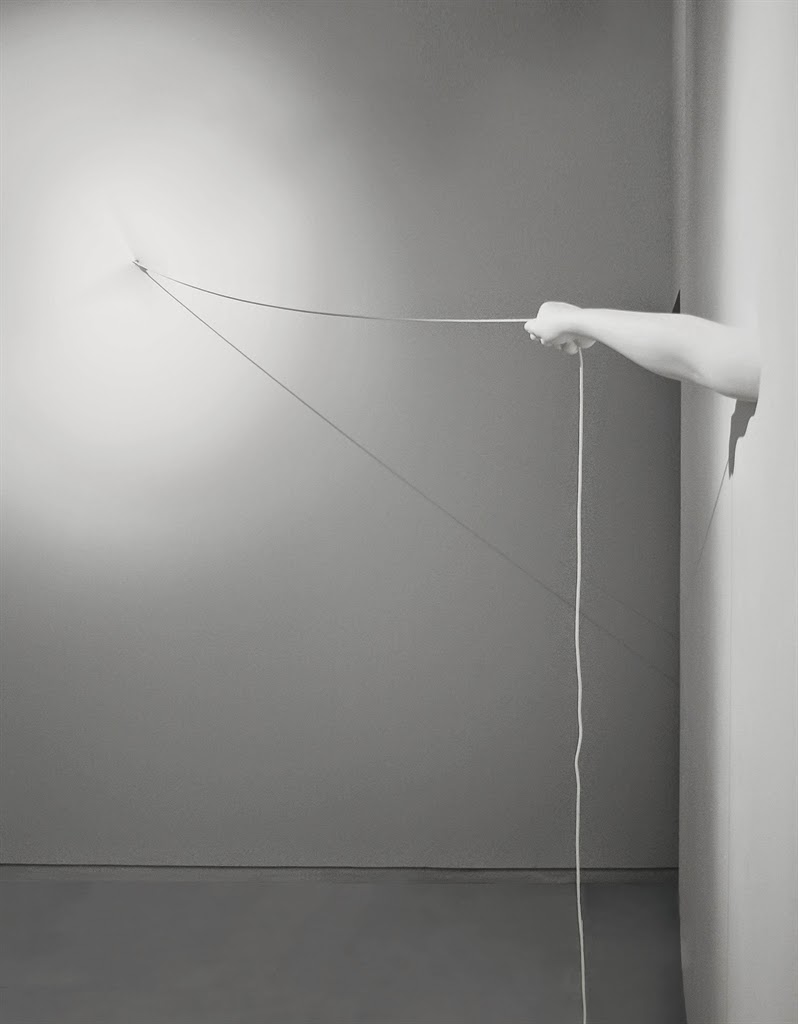Thought behind the thought:
Henry Thoreau says, “The price of anything is the amount of life you exchange for it”. It so true about all of us, we have all exchanged something very dear to us in exchange for life. Not always, are we able to do so with acceptance. This exchange scars us of life and makes us vulnerable to pain. Oddly some people seem happy and content all the time and you begin to wonder how life is so sorted for them. Truth is that they too have paid a price and if you look closely, chances are you will find the price clearly imprinted in their eyes.
About the art:
Yuki Matsueda is a Japanese artist who has done some remarkable work in 3D sculpting. His sculptures seem to be in suspended animation and he manages to pull out the core or the crux out an object and separate it from the whole. Just as we pay a price for life and are bereft of our core or our crux, these objects look like something vital is missing or has been pulled out of them with force. It would be interesting to imagine how we look, visually, separated from what we imagine to be our core. Matsueda’s works show us the part, the whole, the crux and the absence and presence of the crux in the same frame at a single point in time.
Credits:







































.jpg)
.jpg)
.jpg)














